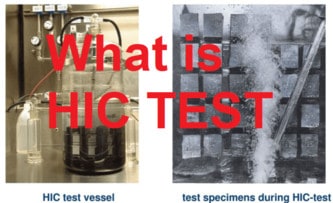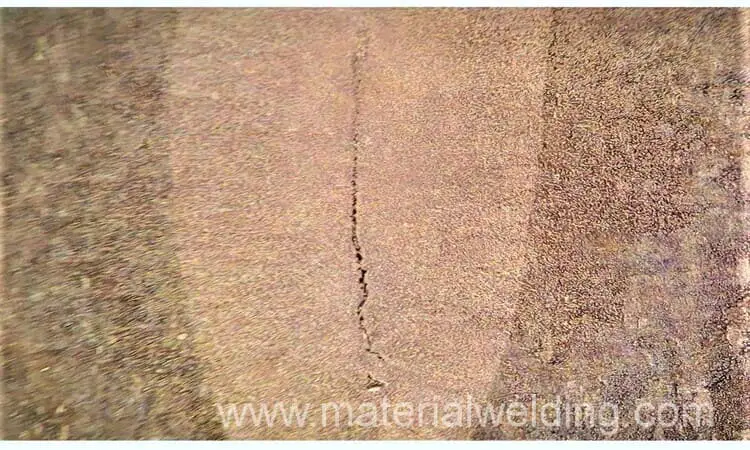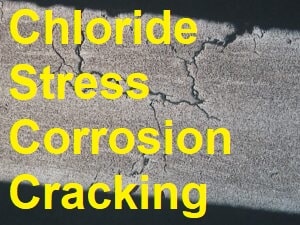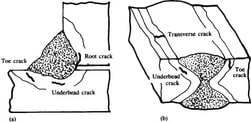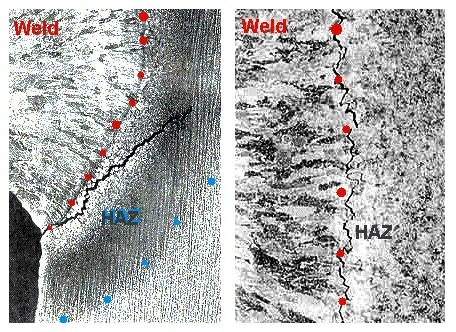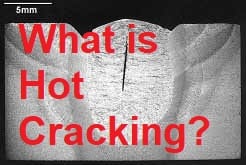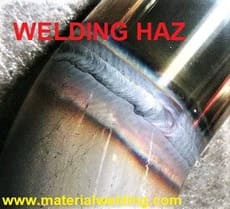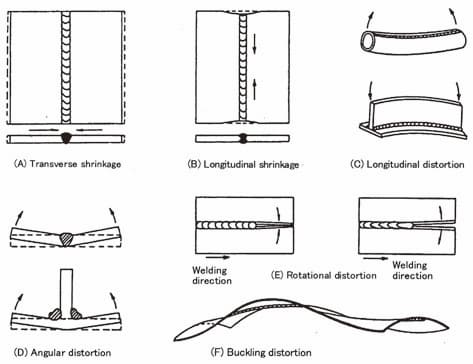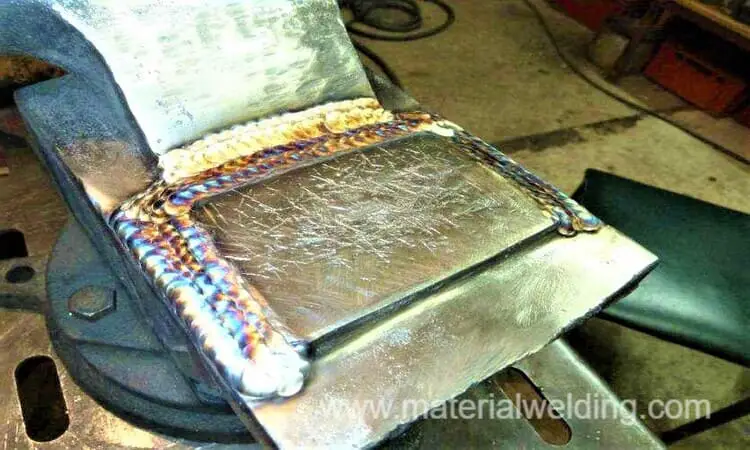What is underbead cracking in Welding?
Underbead Cracking in Welding is a type of cracking that occurs in the heat affected zone (HAZ) of a weld and hence also called HAZ Cracking.
This type of cracking can be caused by a number of factors, including improper cooling of the weld, high levels of stress, and poor welding techniques.
Following conditions shall be met for Underbead cracking in welding to take place:
- Presence of molecular hydrogen
- hard microstructure
- High weld residual stresses
Underbead Cracking can be prevented by using proper welding techniques and ensuring that the weld is cooled slowly by giving time for hydrogen diffusion and residual stresses relaxation.
Related reading: What is Hydrogen Cracking or Delayed Cracking or Cold Cracking?
How to Prevent Underbead Cracking in Welding?
Underbead cracking is a serious issue in welding as it can not be find by Visual Inspection.
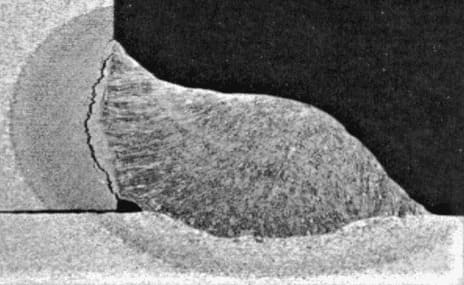
The cracking occurs under the weld metal and require either NDT or Destructive testing to identify and locate the Underbead cracking in welding.
The underbead Cracking in welding can be prevented by:
- Applying welding preheat as per code & standard requirements.
- Using post weld heating in low alloy steel to allow hydrogen diffusion.
- Controlling weld cooling rate so a ductile and favorable microstructure is formed in weld & HAZ area.
Related learning: Types of Welding Crack Video animation
What are the causes of Underbead Cracking?
Underbead cracking is a type of failure that can occur in welded metal structures (in HAZ region). It is characterized by cracks that form at or near the interface between the base metal and the weld metal.
There are many potential causes of underbead cracking, including:
- Presence of molecular hydrogen.
- hard microstructure.
- High weld residual stresses.
- Fast cooling rate.
- using welding rods with high hydrogen content.
- Not applying preheat or insufficient preheating for welding.
- Welding on dirty parts, without cleaning moisture.
Underbead Cracking vs. Lamellar Tearing
When it comes to welds, there are two different types of cracking that can occur:
- Underbead cracking and
- Lamellar tearing.
While they may sound similar, these two types of cracking are actually quite different.
Underbead cracking occurs due to presence of molecular hydrogen (due to welding on dirty parts, unbaked welding rods-for example), hard microstructure and stresses. This can cause the weld to crack, as well as the heat-affected zone around the weld.
Lamellar tearing, on the other hand, is caused by stresses generated by the weld metal and making base metal to tear at the locations of inclusions present in the material. This type of cracking usually occurs along the grain boundaries of the metal.
Related reading: Lamellar Tearing reasons and prevention.
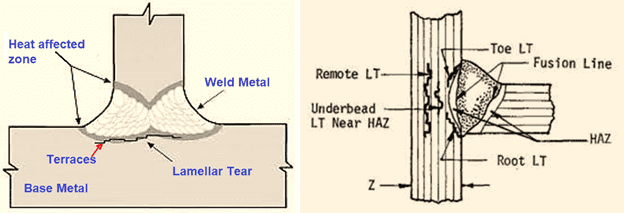
So, which is worse? Underbead cracking or lamellar tearing? Unfortunately, there is no easy answer. Both types of cracks can be serious problems that can lead to failure of the weld joint.
